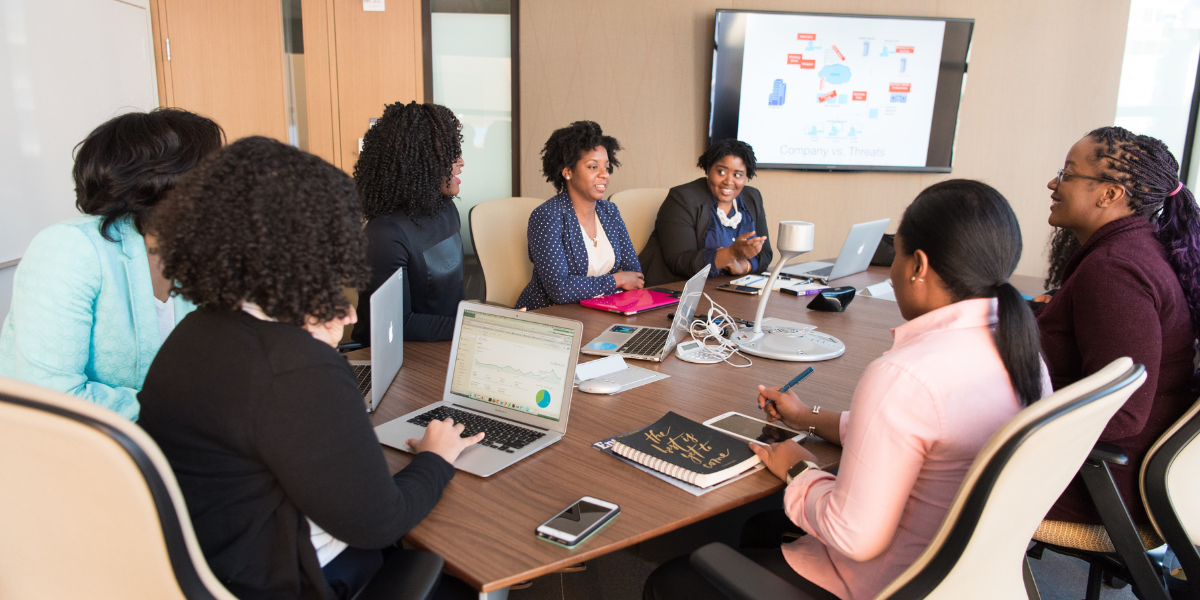“Curiosity is the pre-requisite to change,” writes journalist and author Amanda Ripley. Coming to a conversation ready to listen and to hear the perspectives of others while holding our assumptions loosely is a proven way to have positive conversations that generate more creative outcomes and leave all parties feeling heard and respected. And while it isn’t always my first instinct in my advocacy work, when I lead with curiosity, I’m consistently pleased with both the outcomes and the process of how we got there.
The benefits of staying curious have come up in my reading a lot lately, so I’m sharing my three favourite reasons here:
1. It keeps conflict healthy.
“If you can get curious, really curious, about people who disagree with you, it can make conflict healthier, almost immediately, depending on the situation.” – Amanda Ripley
In her book High Conflict, Ripley distinguishes between healthy conflict and high conflict. Healthy conflict is described as “useful friction” rooted in curiosity and passion, where all sides want a solution. It can get stressful and heated, but everyone’s dignity stays intact.
In contrast, high conflict is typically a good-versus-evil, us-versus-them feud where curiosity is replaced with certainty and righteous rage. The fight is no longer about the original issue. It becomes about the conflict itself, with little interest in moving to the other side.
Put it into practice:
- Ask questions: What is oversimplified about this conflict? Where do you feel torn? What do you want the other side to understand about you? What do you want to understand about the other side?
- Look for outliers: Do the loudest people in this conflict represent a majority? Who are we not hearing? Where are the shades of gray in this supposed black-and-white debate?
- In our own writing: Avoid oversimplification of complex issues. Ask questions, remain curious, and do not use our clever writing skills to humiliate the other side. Consider not trimming out the quotes that don’t fit into the narrative we are building – let it stay messy to help our audience see the complexity of the issue.
Explore this further:
High Conflict: Why we get trapped and how we get out, by Amanda Ripley
2. It helps us hold attention.
“Sustaining attention is less about making people feel good or bad, and more about opening up a curiosity gap that makes them want to learn more.” – Jonah Berger.
Keeping an audience engaged is challenging. And while clickbait tactics might grab attention, they rarely sustain attention. Attracting and holding attention are two very different things, and we want our audiences to consume our content, not just glance at it.
Put it into practice:
Berger and his colleagues found that using language that evoked uncertain emotions (like surprise, hope, or even anxiety) led readers to keep reading. In contrast, language that evoked certain emotions (like disgust, happiness, or anger) had the opposite effect. “Uncertainty led readers to stick around to resolve what they didn’t know.”
Explore this further:
Magic Words: What to Say to Get Your Way, by Jonah Berger.
3. It leads to better outcomes.
“Your window of influence shrinks when emotions such as fear, embarrassment, and guilt dominate over a sense of wonder and curiosity.” Todd B. Kashdan
I love a snarky comeback as much as the next person, and I maintain that they have their time and place. But I think we can agree that they rarely lead to meaningful conversation.
In Conversations Worth Having, Jackie Stavros and Cheri Torres teach that positive framing and generative questions lead to better outcomes. Flipping problems to their positive opposite—and reframing that positive opposite as the desired outcome—sets the direction for more productive and meaningful conversations.
Asking generative questions and staying curious moves conversations forward in a productive way because:
- It is a catalyst for creativity. It invites reevaluating the status quo and considering a new approach.
- It conveys respect. Acknowledging that they are the expert defuses their threat response.
- It can unearth important information. This is essential in solving problems.
- It shifts away from confrontation and moves toward collaboration. This makes the process easier and more fun, and solutions created together are more likely to stick.
Put it into practice:
- Zoe Chance offers the perfect, multi-purpose generative question in her book Influence is Your Superpower: “What would it take?” Try reframing a problem or accusation into a positive “What would it take” question and see what happens!
Explore this further:
Influence Is Your Superpower: The Science of Winning Hearts, Sparking Change and Making Good Things Happen, by Zoe Chance
Conversations Worth Having: Using Appreciative Inquiry to Fuel Productive and Meaningful Engagement, by Jackie Stavros and Cheri Torres
And a bonus reason: There is so much injustice in the world right now, and advocacy can be draining. But the conversations that come from leading with curiosity can be energizing and reinvigorating for us as advocates. So give it a try! If you use any of these ideas to lead your advocacy with curiosity, send me an email, I’d love to hear about it.
Jennifer van Gennip is an Advocacy and Communications Strategist. She offers strategy and support for cause organizations to ensure they get heard. You’ll find more tips like these at www.jennifervangennip.com, or she can be reached by email at jennifer.vangennip@gmail.com and @jennvangennip on Twitter.







